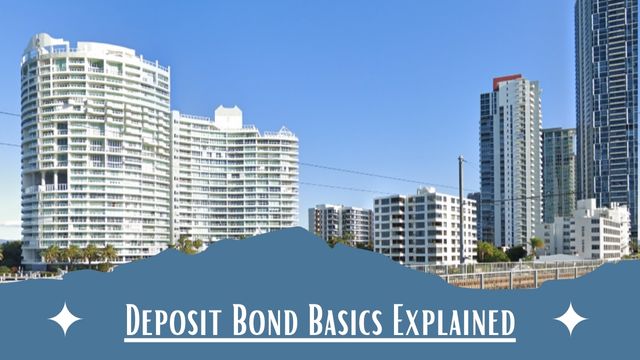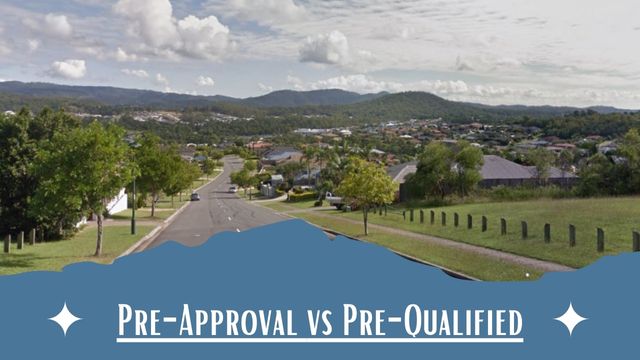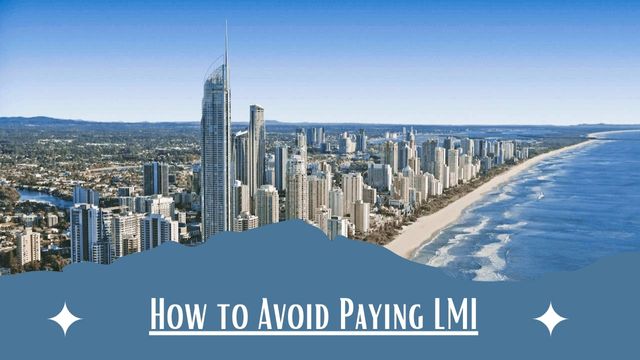
Deposit Bonds are a tool used when purchasing a property that allows a buyer to guarantee to a vendor that the purchaser will pay the deposit at settlement. Deposit Bonds act as the guarantee, and are also may be known as a deposit guarantee.
These have helped people purchase property when they don’t have access to the required funds in their account ready for a deposit right away. Read on to see if this is a solution that could help you.
Who can use a Deposit Bond:
- First Home Buyers
- Property Investors
- Next Home Buyers (Upsizing or Downsizing)
- Off-the-plan Purchases
- Home and Land Package Purchases
- Commercial Property Buyers
- Self-Managed Super Funds
Common Reasons to Use a Deposit Bond
Hot having the required funds available when you want to purchase a property can be a hassle especially if you know you have the funds in your home equity, a term deposit, or other investments. They may also be a more financially viable product if comparing them to a personal loan.
The solution on what a deposit bond may help with includes:
Deposit stuck in another property: If your funds are tied up in your current, or an investment property.
Auction: When attempting to buy a property at auction, a cash deposit could be an alternative solution to keeping cash.
Problems with Deposit Bonds

Deposit Bonds are not perfect though. Bond providers can have various products with different fees. Developers, Real Estate Agents, and Vendors also do not need to accept your deposit bond, which is why you should check before getting one.
One reason why a real estate agent won’t accept a deposit bond is due to the fact that they may receive their commission from the deposit. Since a deposit bond is not cash, the agent may have to wait until settlement to be paid their commission instead.
Vendors may also refuse the deposit bond as they may be relying on the funds themselves for various different reasons including as a deposit themselves.
Deposit bonds aren’t something to be used as genuine savings or a deposit to secure funding from a bank or lender. They also can only cover up to 10% of the deposit until settlement.
What to do if you want a Deposit Bond
Reach out to us at Read Finance for a complimentary assessment where we can go over your financial situation, goals and if a deposit bond can help you when purchasing a property.
















